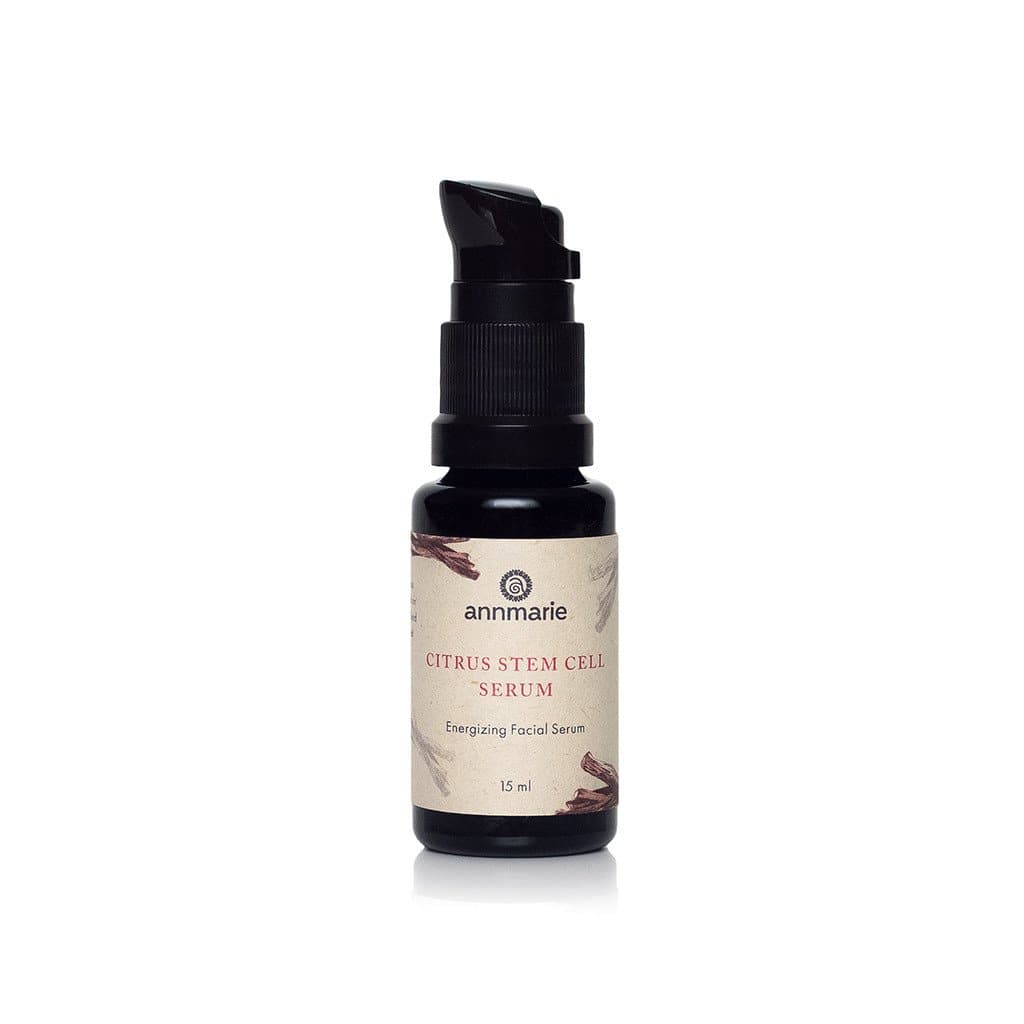

This technology involves many complex methods that ensure growth of plant cells, tissues or organs in the environment with microbe-free nutrients. Plant cell culture techniques have been shown to overcome these crucial problems in manufacturing cosmetic products, with the benefit of higher production of active concentrations through stimulating factors such as UV radiation, jasmonic acid or toxic substances. Plants of cosmetic interest have been limited for use due to slow growth, seasonal harvest, variation of active concentration from plant to plant and harvest to harvest and existence of toxic metabolites. Due to the objectionable use of human or animal sources, all cosmetic research and development for new products is consequently focused on biotechnology and plant cell culture technology to overcome the industrial, consumer and legislative constraints. A significant challenge for the cosmetic industry is to provide functional, ‘Â trendy’, innovative and safe products with a longer shelf life.

However, in plants this process is more adaptable to establish stem cell niches in new locations.
PLANT STEM CELL PEPTIDE SERUM SKIN
Īnimals uphold a stem cell pool as mother cells with the capability of continuous differentiation into any type of more specialized cells for various tissues in the body, such as heart muscles, skin tissues and liver tissues. There is evidence that shows plant auxins have a regulatory effect on telomere length. Research shows that cytokines are responsible for the production of stems from a callus, while auxins are responsible for the production of roots. The WUS protein is responsible for turning somatic cells back into stem cells. The callus creation process is one stage of somatic embryogenesis (i.e., formation of a zygote without fertilization) and the plant cells are subjected to dedifferentiation to again become stem cells capable of producing a new tissue or even an entire organ. Since then, many articles have been published dedicated to regeneration of the entire plant from the cultivated cells and/or tissues. This itself was demonstrated in 1958 by cloning a carrot from in vitro cultivated carrot cells. He suggested that the individual plant cell is able to regenerate the entire plant. The phenomenon of callus creation from differentiated adult plant cells was described for the first time in 1902 by the Austrian botanist, Gottlieb Haberlandt. The question therefore is “Can plant phytohormones have the antioxidant and regenerative ability to prevent this aging process in human skin?” Telomeres shorten with each cell division and progressive telomere shortening ultimately results in cellular senescence. Telomeres are nucleoprotein complexes that cap and save the ends of chromosomes from degradation and abnormal recombination. A decline in the function of epidermal stem cells has been observed in association with shortened telomeres, which reduced proliferative potential in response to UV exposure leading to premature skin aging and senescence. Stem cell location in the epidermis is divided into basal layer stem cells and interfollicular stem cells. Aging epidermal stem cells & the concept of callus regeneration in plantsĪging of skin is a complex process involving all layers of the epidermis and dermis, comprising denaturing proteins and reduced functioning of regenerative stem cells.


 0 kommentar(er)
0 kommentar(er)
